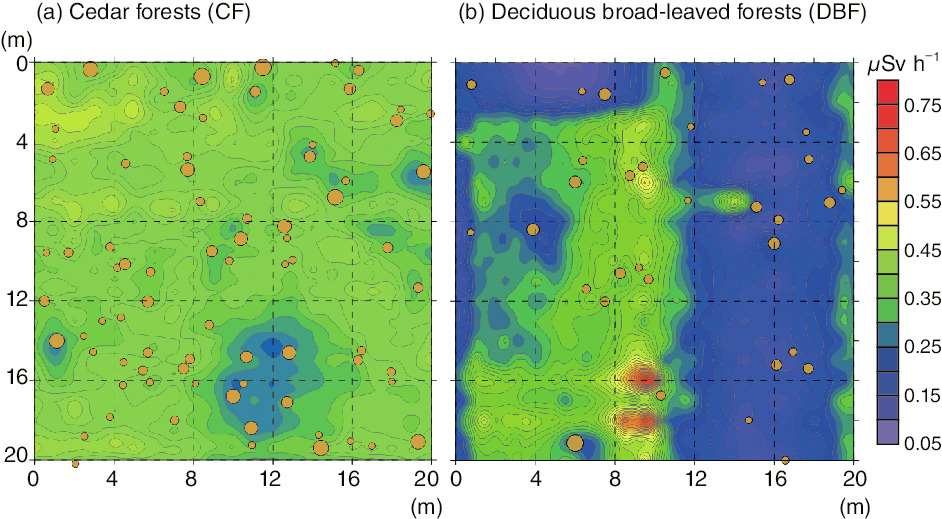
Fig.1-28 Temporal changes in the cesium-137 (137Cs) inventory in litter layers

Fig.1-29 Spatial-distribution map of the γ-ray-dose rate at the ground surface in a 20m ×20m plot area of CF (a) and DBF (b)
Radiocesium released by the accident at the TEPCO’s Fukushima Daiichi NPS (1F) contaminated a broad area of the surrounding forest. The dominant forest types in this area are deciduous broad-leaf forests (DBF) and various evergreen species, such as cedar forests (CF). In DBF, trees were leafless when the 1F accident occurred; thus, most of the radiocesium was deposited onto the forest floor, whereas in CF, part of the radiocesium was attached to the leaves and then transferred to the forest floor when they fell. We investigated the transfer of radiocesium from litter to soil in these two contrasting forest types. Furthermore, we conducted a detailed plot-scale investigation in both forests to estimate the spatial distribution of the retention of radiocesium in litter and the γ-ray-dose rate on the ground surface.
Litter and soil were collected from CF and DBF, and their radiocesium concentrations were measured 3, 5, and 12 months after the 1F accident. In these forests, radiocesium-deposition levels were similar. A 20 m × 20 m plot was demarcated in each forest. The radiocesium inventory in litter and soil was measured at 25 points in each plot, and the γ-ray-dose-rate distribution was measured using a plastic-scintillation-fiber (PSF)-detection system 1.8 and 2.4 years after the accident in DBF and CF, respectively.
The radiocesium inventory in the litter layer in CF was larger than that in DBF just after the accident, and the transfer rate to the soil in CF was slower than that in DBF (Fig.1-28). This was because the litter mass in CF was larger than that in DBF and radiocesium attached to the leaves was gradually transferred to the ground as leaves fell over several years. The radiocesium distributions in both forest types displayed high spatial variability, even over small areas (Fig.1-29). The spatial patterns of γ-ray-dose rates depended on the retention characteristics. These rates had a similar spatial distribution to the radiocesium inventory in the litter in CF, whereas the distribution of the γ-ray-dose rate in DBF was similar to that of the total radiocesium inventory (litter + soil). Therefore, it was clear that the forest type affected the dynamics of radiocesium on the forest floor. Radiocesium remaining in the litter is more readily available for vegetation than that in soil, which would be fixed strongly to soil minerals. There is probably less radiocesium recycling in DBF ecosystems than in CF ecosystems.